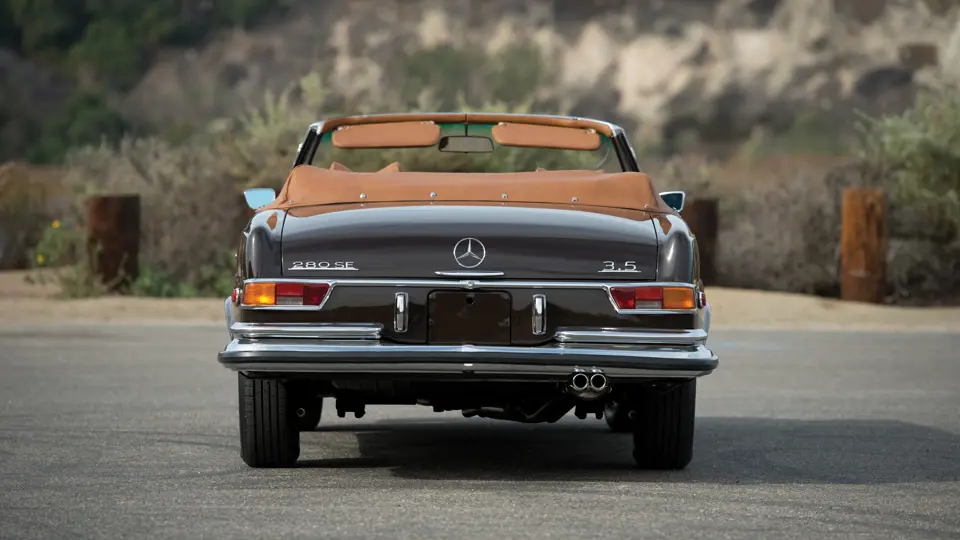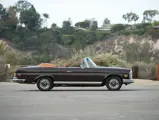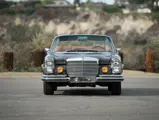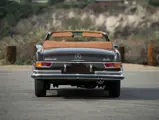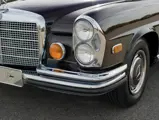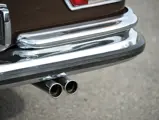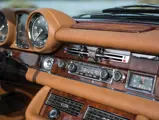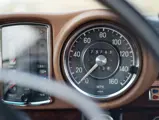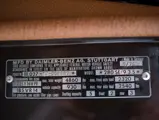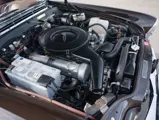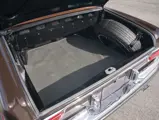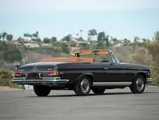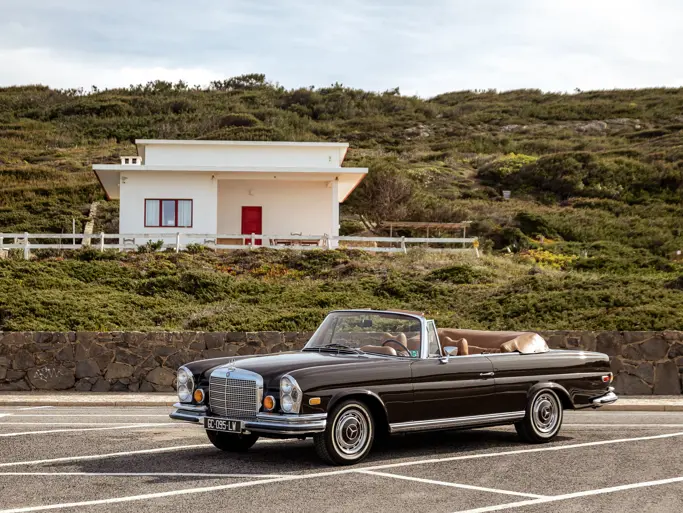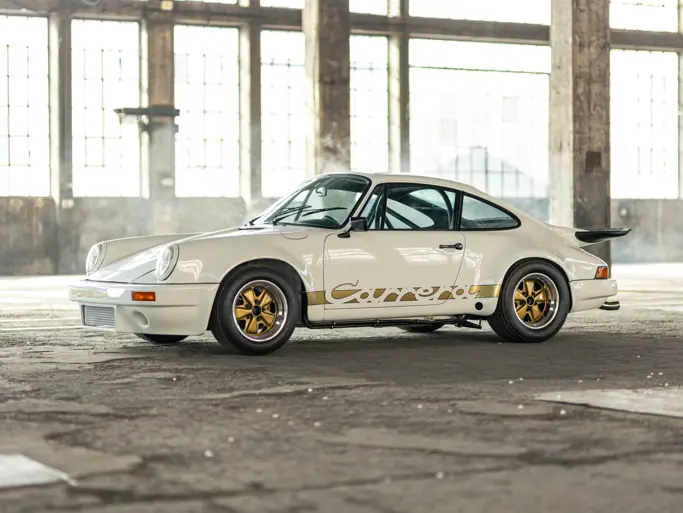
1971 Mercedes-Benz 280 SE 3.5 Cabriolet
{{lr.item.text}}
$297,000 USD | Sold
{{bidding.lot.reserveStatusFormatted}}
- The most powerful and expensive Mercedes convertible of its era
- Factory air conditioning, power windows, and radio
- A low-mileage example; single ownership for 25 years
- Recipient of a ground-up restoration
230 bhp, 213.5 cu. in. overhead-valve V-8 engine with Bosch electronic fuel injection, four-speed automatic transmission, independent front suspension with unequal length control arms and anti-sway bar, independent rear suspension with low-pivot swing axle and trailing arms, and four-wheel power hydraulic disc brakes. Wheelbase: 108.3 in.
In 1959, Mercedes-Benz broke with tradition by introducing the angular “Heckflosse” or “Finback” sedan on the W111/W112 chassis – itself revolutionary in having the first-ever crumple zones and roll-over integrity to protect the occupants from injury in the event of collisions – to replace the bulbous “ponton” built on the W128 chassis.
Two years later, following the end of production for the stately W128-chassis 220 SE coupes and cabriolets, the Mercedes designers introduced two-door coupe and cabriolet models aimed at the prestige buyer. These were built on the same W111 chassis, but the styling was changed, with the rear fenders rounded off more gracefully than was the case with the sedans. The company would continue to build these lovely personal luxury cars for ten years with little additional change in styling.
Engines did change over the years. Across the W111 lineup, in both four-door and two-door models, Mercedes-Benz initially used the venerable overhead-cam straight six in several sizes, all the way up to 2,996 cubic centimeters, and the cars’ nomenclatures were 250 S, 250 SE, and 300 SE, depending on the engine. A 2,778-cubic centimeter M13 engine in 1967 gave rise to 280 S and 280 SE model designations.
By 1969, though production of the finback sedans was finally ending, having been supplanted by the new W108/109-chassis models several years earlier, the decision was made to continue producing the coupes and cabriolets on the W111 chassis, though with a V-8 engine to keep pace with competitors in the U.S. luxury market. A 3.5-liter powerplant, designated M116, was developed, using a cast iron block for rigidity, economy, and better sound damping, with cross-flow wedge cylinder heads with rocker-operated valves that were driven by a single overhead camshaft per bank. The cams were chain-driven for a long life. Bosch transistorized the ignition, and electronic fuel injection was utilized. The British magazine AutoCar called it “a copybook example of how experience plus careful design can create a simple-to-make high-output engine of considerable refinement.” American buyers just called it fast and fun.
In Mercedes’ sometimes confusing model nomenclature – usually but not always based on engine capacity – the new model was designated 280 SE 3.5, to distinguish it from its six-cylinder counterpart. Production of the model began in August 1969 and continued through to July 1971. In 24 months, total production was 3,270 coupes and 1,232 cabriolets, making these not only one of the fastest and most interesting Mercedes of their era but also one of the rarest and most expensive.
The Tobacco Brown example offered here is an original United States-specification example, with 25 years of single Southern California ownership and low mileage. It has been the recipient of what is reported as a no-expense-spared, ground-up restoration, and it presents beautifully in its rich color and Saddle leather interior. Numerous options and accessories found on the car include a sporty floor-shifted automatic transmission, power windows, a factory radio, and the very-desirable factory air conditioning.
There are few better automobiles for cruising towards an Arizona sunset.
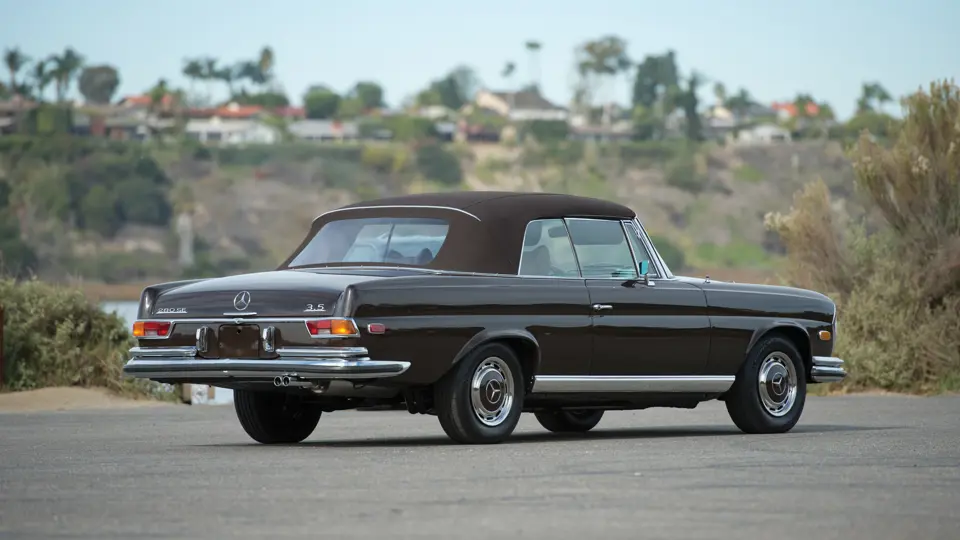
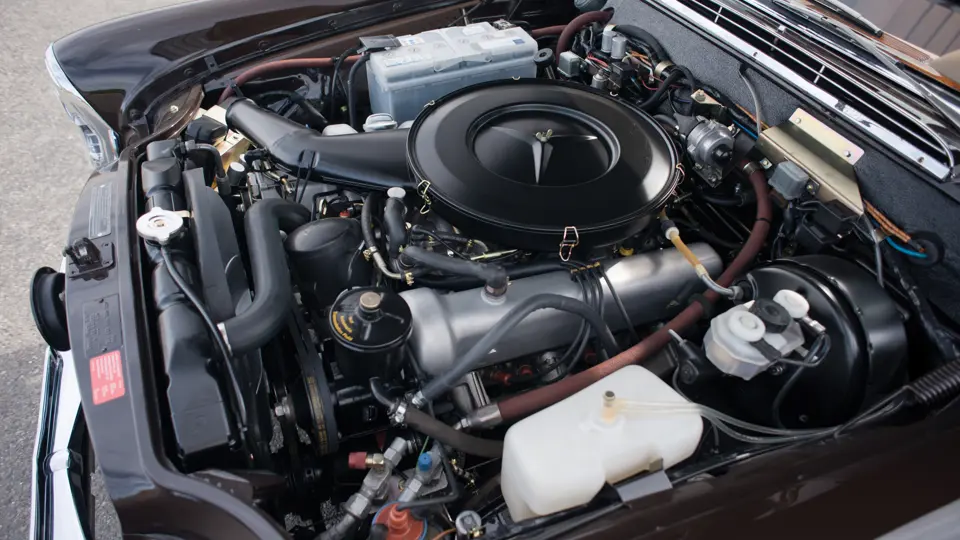


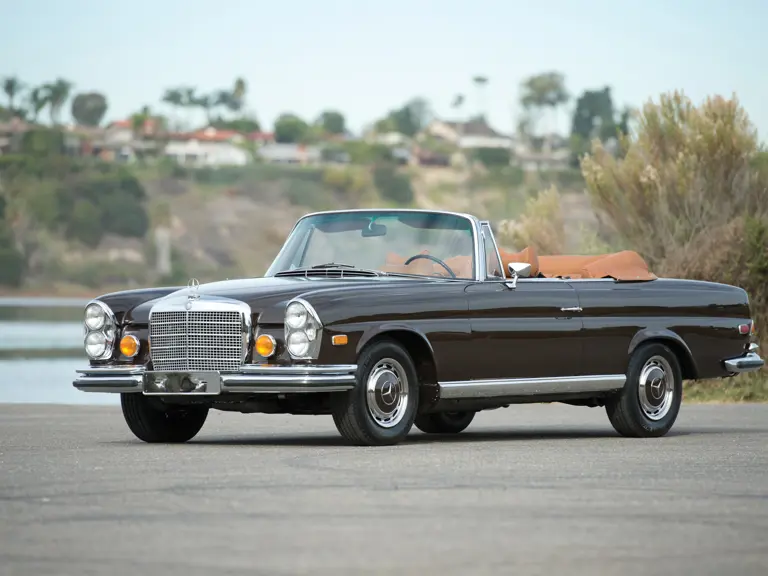
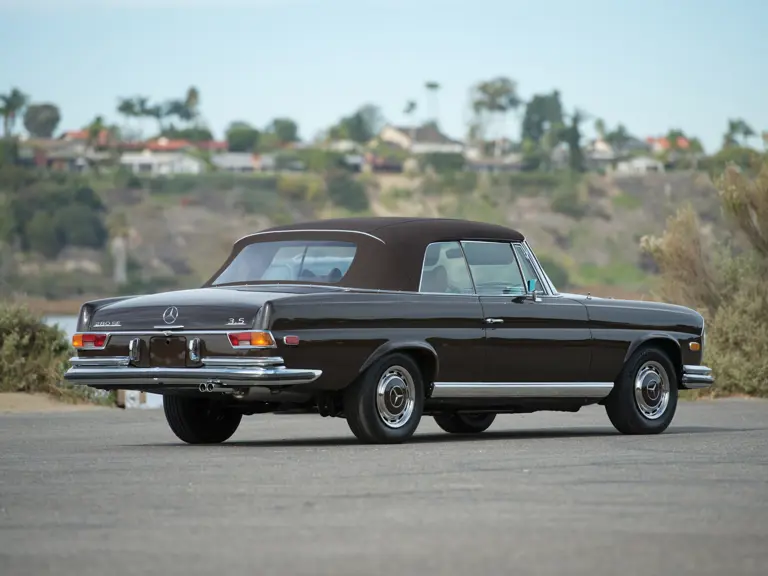

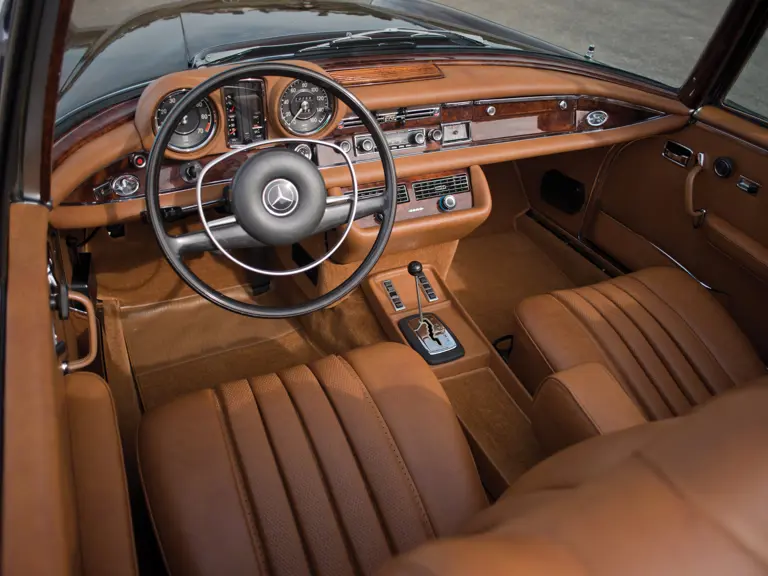
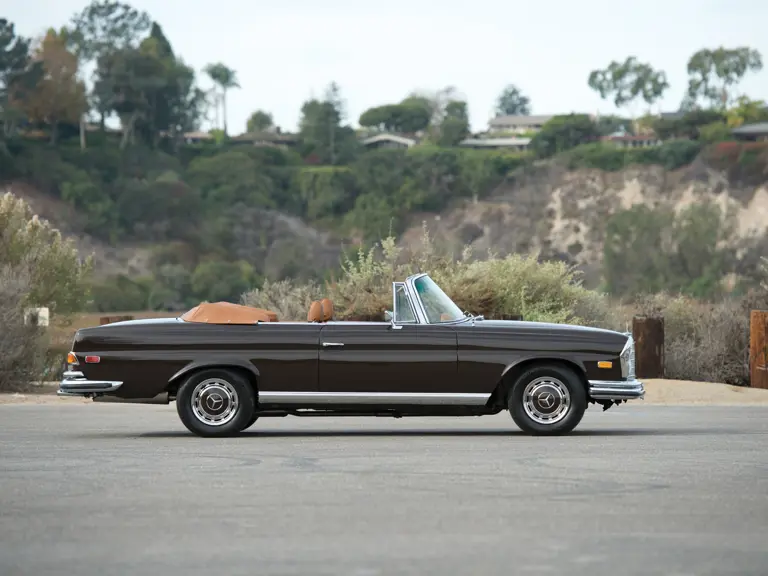
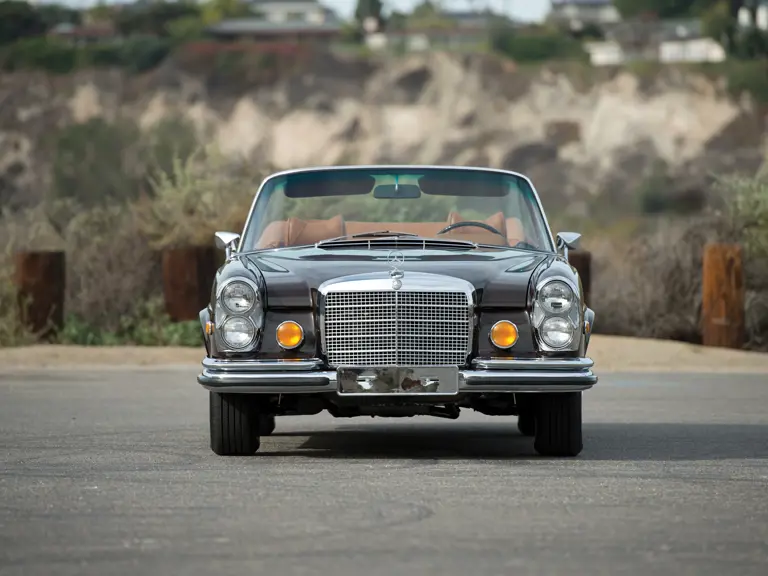
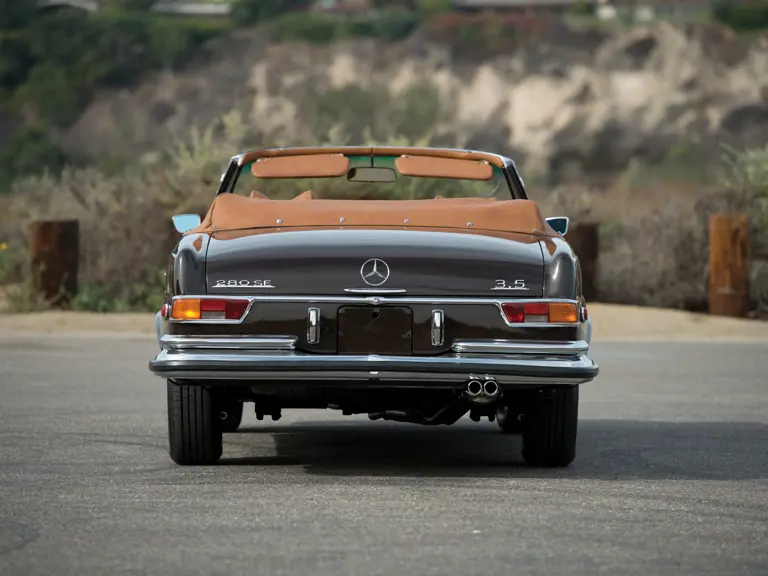
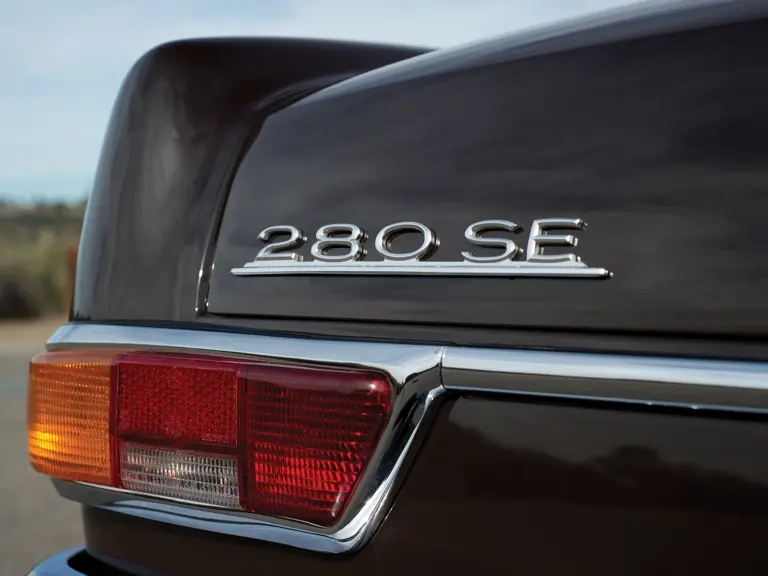
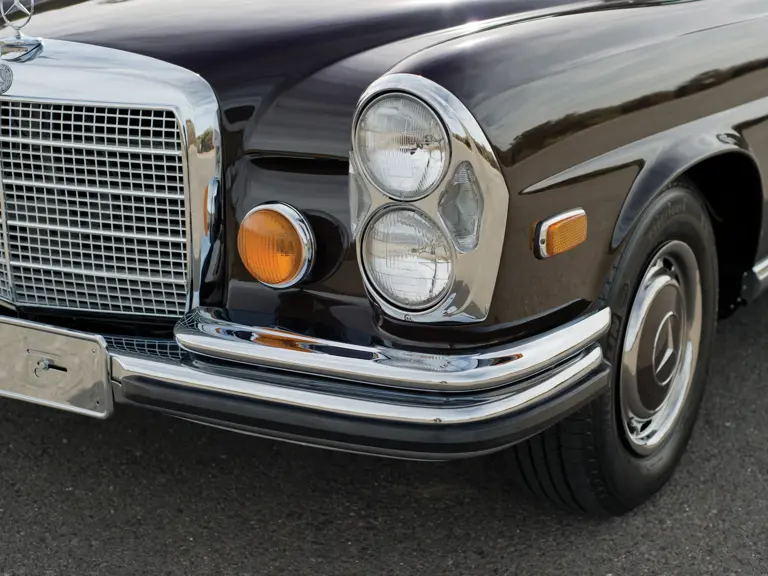

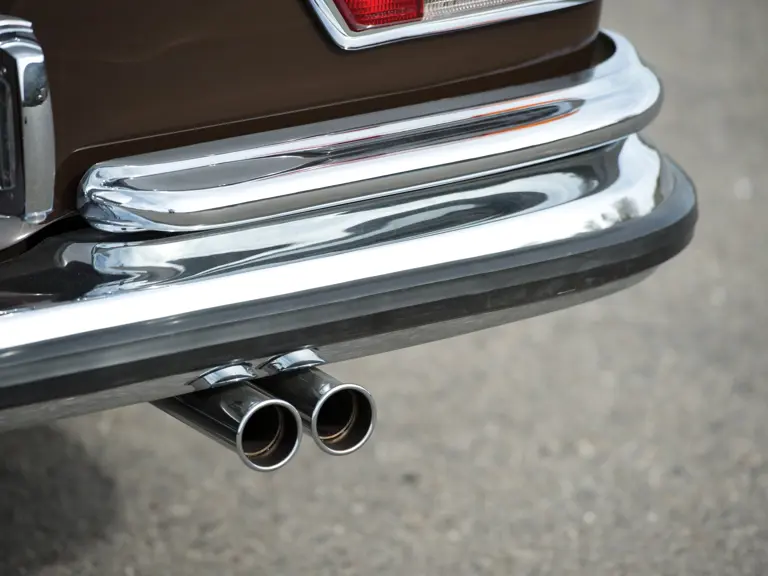
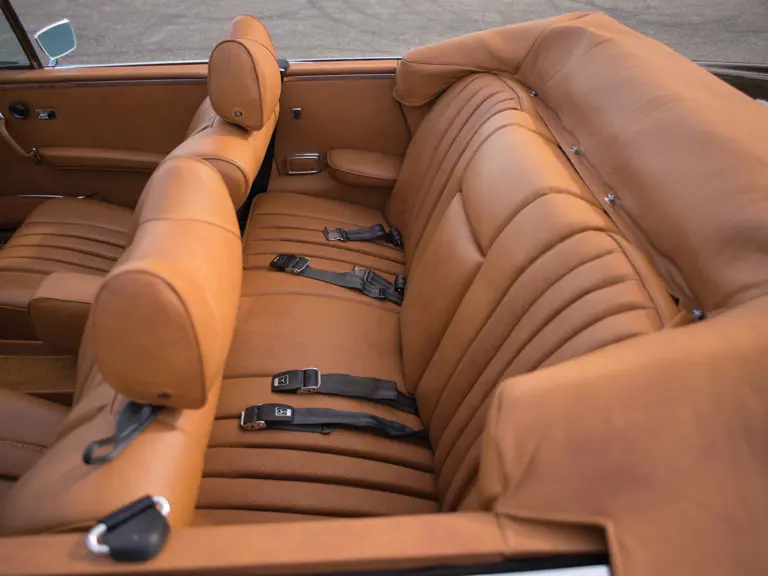
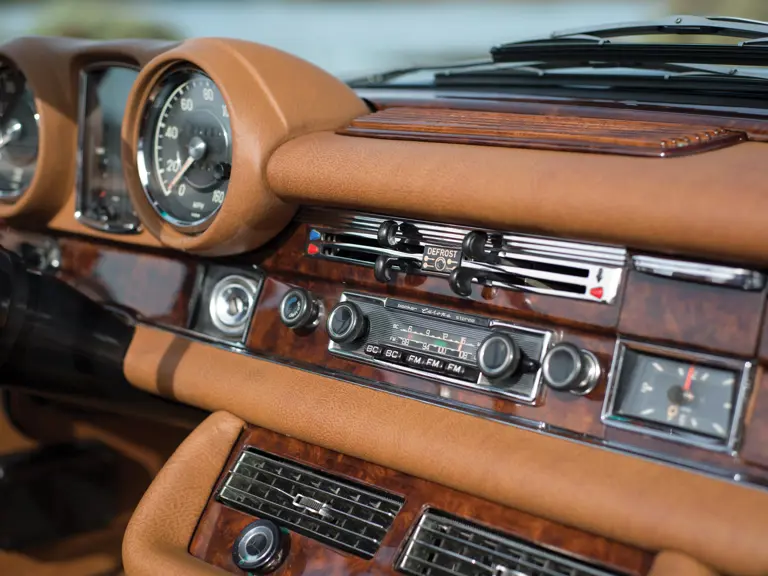
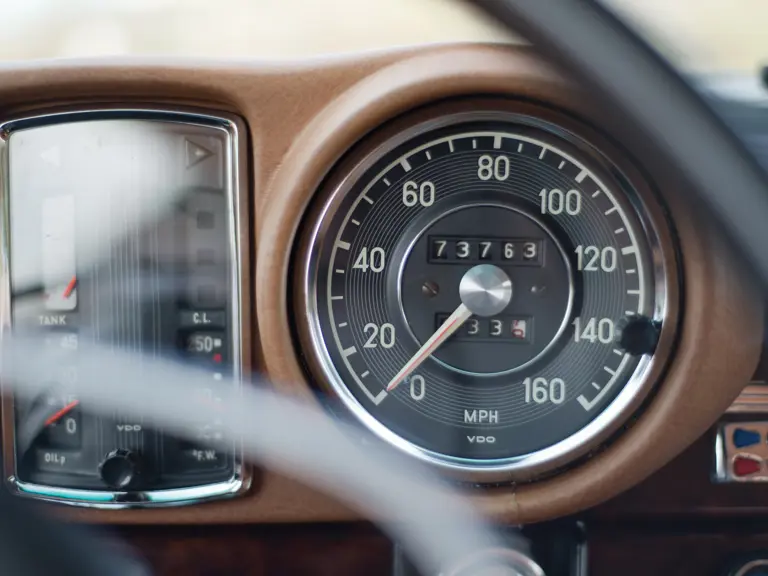
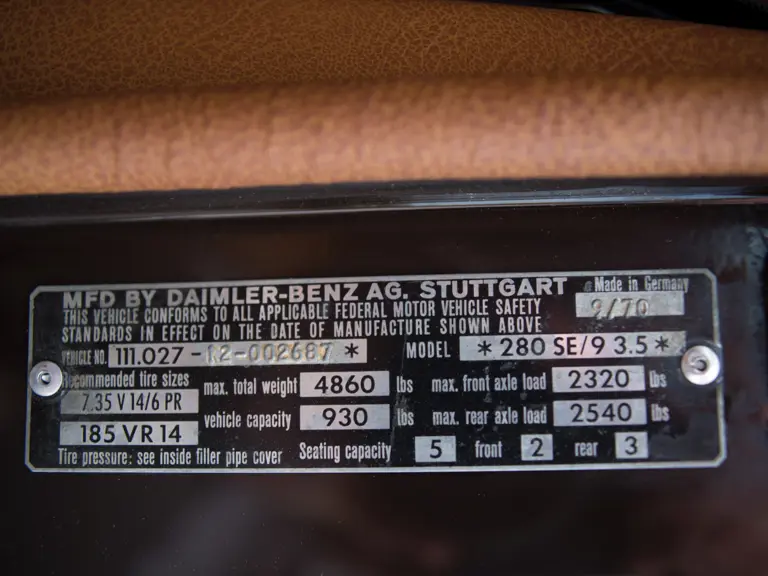
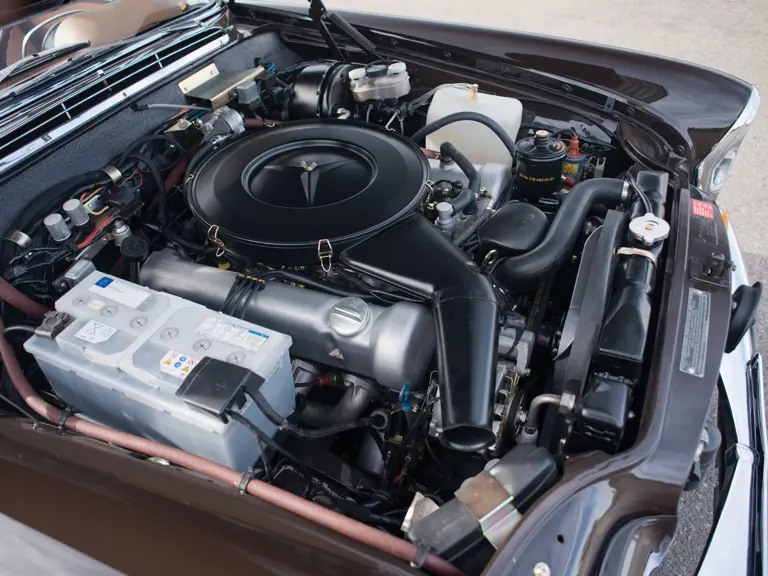
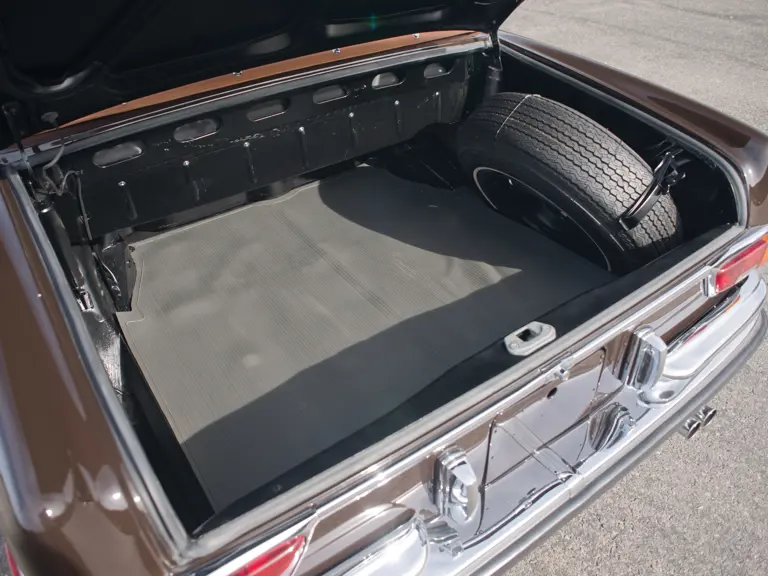

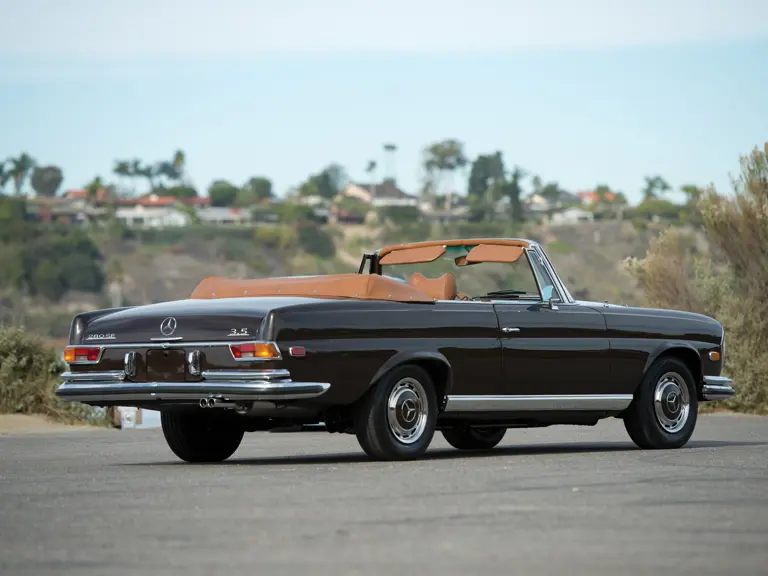
 | Phoenix, Arizona
| Phoenix, Arizona


